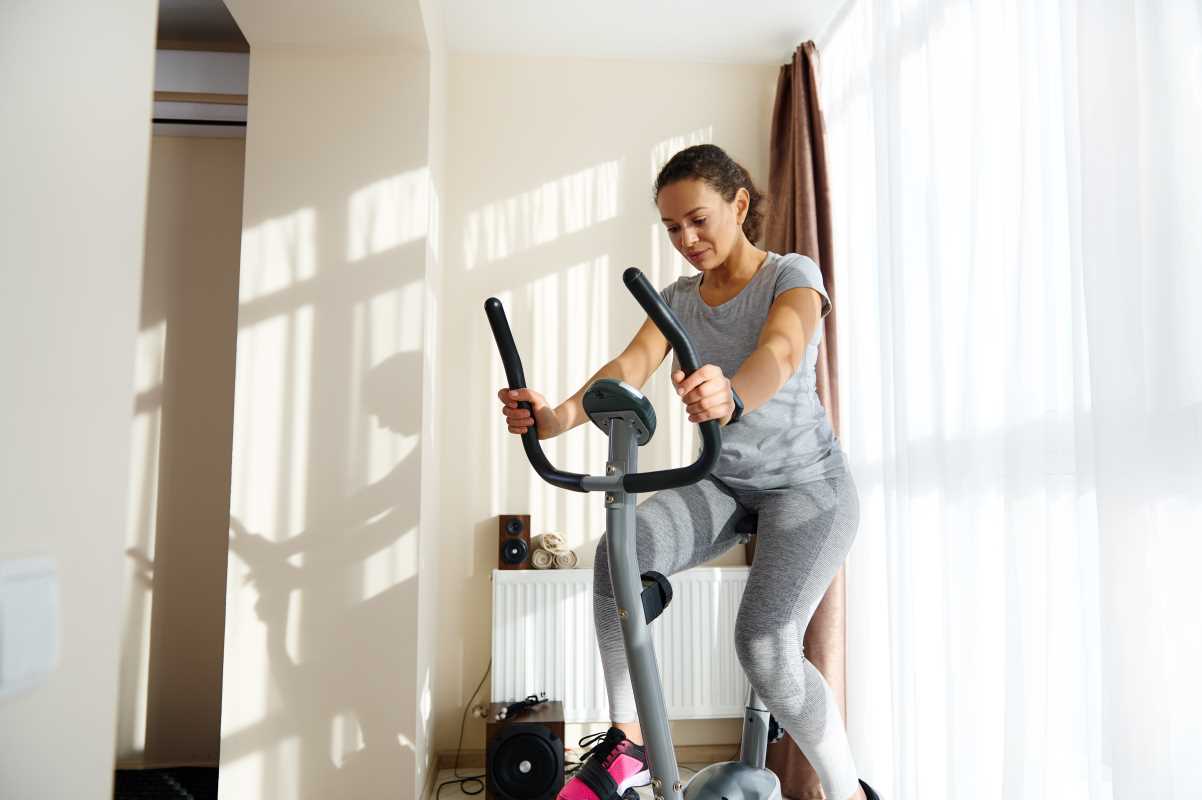Getting a good night's sleep is one of the most powerful things you can do for your mind and body. Quality rest helps you feel energized, focused, and ready to take on the day. Many people struggle to get the rest they need, but you have the power to change that. Learning about sleep optimization is your first step toward building a healthier, more vibrant life. This guide is here to walk you through the importance of sleep, share practical strategies to improve your rest, and explore how you can build a routine that truly works for you. Let's start this journey to better sleep together.
Why Quality Sleep Is So Important
Sleep is not just a passive activity; it's a critical period when your body and brain perform essential maintenance tasks. Understanding what happens when you sleep can help you appreciate its value. Every night, your body cycles through different stages of sleep, each with a unique purpose.
During deep sleep, your body works on physical repair. It mends tissues, builds bone and muscle, and strengthens your immune system. This is the stage that helps you feel physically refreshed. Meanwhile, during REM (Rapid Eye Movement) sleep, your brain is busy processing emotions, consolidating memories, and clearing out toxins. This mental housekeeping is vital for learning, problem-solving, and maintaining emotional balance.
Failing to get enough quality sleep can have wide-ranging effects. It can weaken your immune system, making you more susceptible to getting sick. It can also impair cognitive functions like concentration and decision-making, and it has been linked to long-term health issues. Prioritizing sleep is a powerful act of self-care.
Key Strategies for Sleep Optimization
Optimizing your sleep means creating the right conditions for your body to get the restorative rest it needs. The good news is that small, consistent changes can make a huge difference. Here are some actionable tips you can start using today.
Create a Relaxing Bedtime Routine
Your body loves routine. A consistent bedtime ritual signals to your brain that it's time to wind down and prepare for sleep. This doesn't have to be complicated. Your routine could include activities that you find calming and enjoyable.
Consider dedicating 30 to 60 minutes before bed to screen-free relaxation. You could try reading a book, listening to calming music, or doing some light stretching. Taking a warm bath can also be very effective, as the subsequent drop in body temperature can help induce sleepiness. The key is to find what works for you and stick with it every night.
Design a Sleep-Friendly Environment
Your bedroom should be a sanctuary for rest. Three main factors contribute to a sleep-friendly environment: darkness, quiet, and a cool temperature.
- Darkness: Light, especially blue light from screens, can suppress the production of melatonin, the hormone that regulates your sleep-wake cycle. Use blackout curtains to block outside light and consider wearing a sleep mask. Keep electronics out of the bedroom or turn them off well before bedtime.
- Quiet: Unwanted noise can easily disrupt your sleep. A quiet environment is ideal, but that's not always possible. You can use earplugs or a white noise machine to block out sudden sounds. A fan can also provide a consistent, soothing hum.
- Cool Temperature: Your body temperature naturally drops as you prepare for sleep. You can support this process by keeping your bedroom cool, typically between 60 and 67 degrees Fahrenheit (15-19°C).
Be Mindful of What You Eat and Drink
Your diet can have a direct impact on your sleep quality. It’s best to avoid large meals, caffeine, and alcohol in the hours leading up to bedtime.
Caffeine is a stimulant that can stay in your system for hours, making it harder to fall asleep. Try to have your last cup of coffee or tea in the early afternoon. Alcohol might make you feel drowsy initially, but it disrupts your sleep cycle later in the night, leading to less restorative rest. A light, healthy snack before bed is fine, but a heavy meal can cause discomfort and indigestion.
Move Your Body During the Day
Regular physical activity is one of the best things you can do for your sleep. Exercise can help reduce the time it takes to fall asleep and increase the amount of deep sleep you get. It's a fantastic way to manage stress and anxiety, which are common sleep disruptors.
The timing of your workout matters. For most people, exercising in the morning or afternoon is ideal. An intense workout too close to bedtime can be overstimulating for some, so pay attention to how your body responds. Even a brisk 30-minute walk each day can significantly improve your sleep quality.
The Role of Technology in Sleep Optimization
Technology can sometimes be the enemy of sleep, but it can also be a powerful ally. Modern tools and apps can provide valuable insights into your sleep patterns and help you build better habits.
Sleep Tracking Devices
Wearable devices like smartwatches and fitness trackers can monitor your sleep. They use sensors to track your movement, heart rate, and even your breathing to estimate how much time you spend in each sleep stage.
These devices can give you a daily sleep score and show you trends over time. This data can help you connect your daily activities to your sleep quality. For example, you might notice you sleep better on days you exercise. While not perfectly accurate, these trackers are excellent tools for raising your awareness and motivating you to make positive changes.
Helpful Apps and Smart Home Devices
Several apps are designed to help you relax and fall asleep. Many offer guided meditations, sleep stories, or soundscapes that can help quiet your mind. You can find one that fits your personal style and make it part of your bedtime routine.
Smart home technology can also play a role in sleep optimization. You can program smart lights to dim gradually in the evening, mimicking a natural sunset. Smart thermostats can automatically adjust the temperature to the ideal coolness for sleeping. These tools help automate parts of your sleep-friendly environment, making it easier to be consistent.
.jpg) (Image via
(Image via





